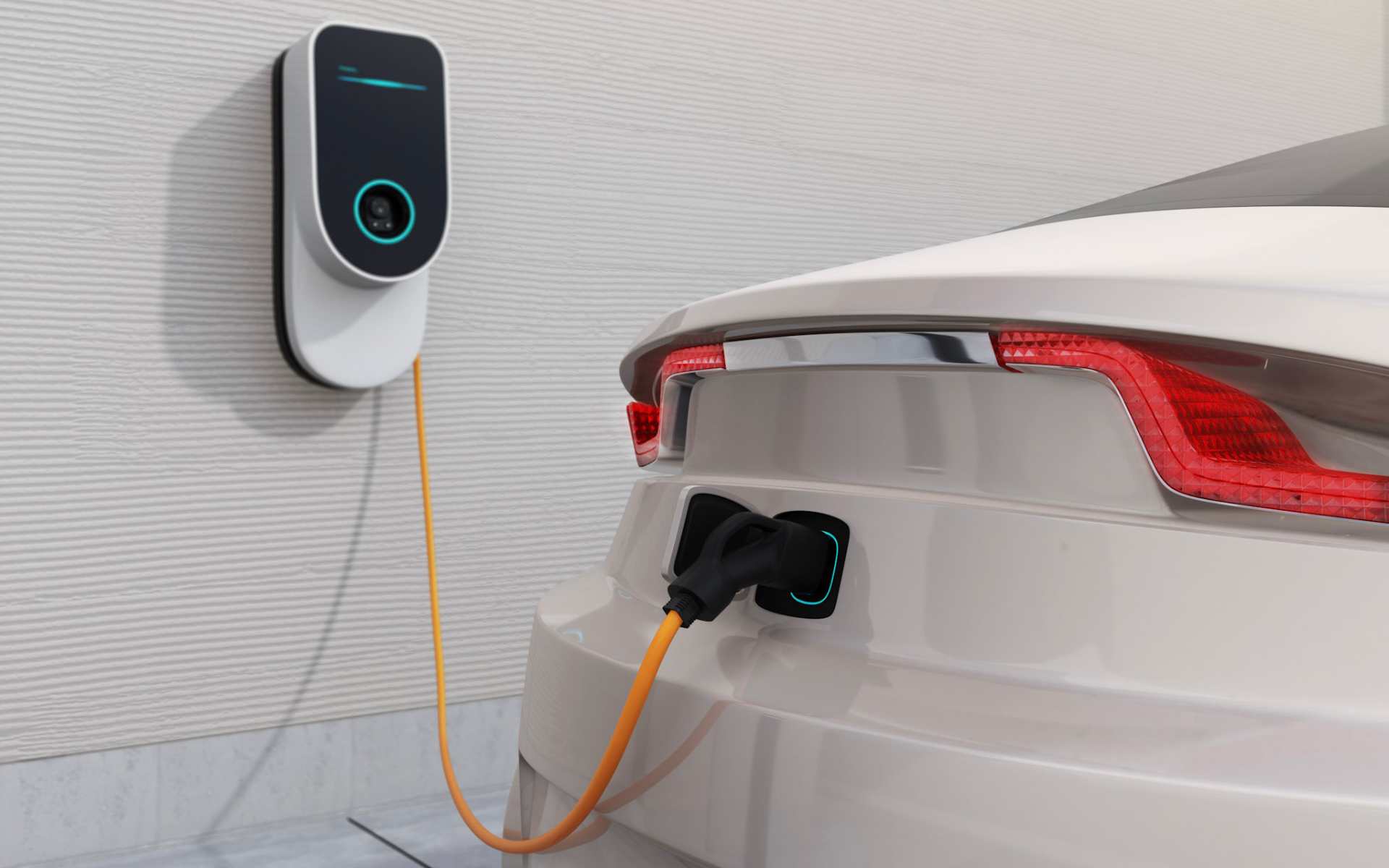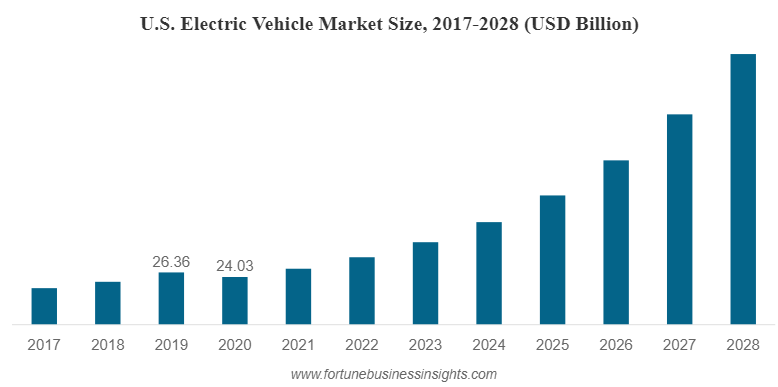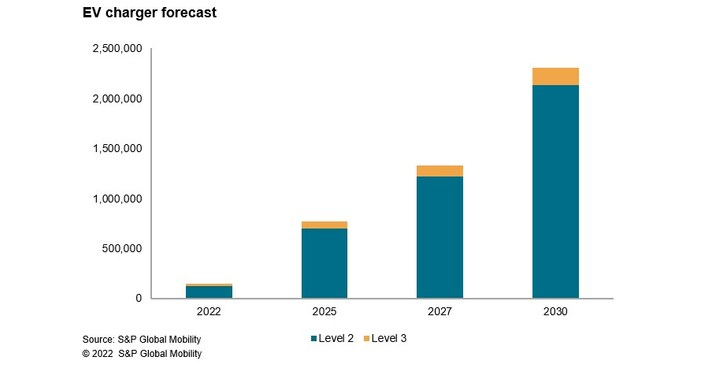Why EV Fleets Adopt Overnight At Home Charging for Drivers

7 Min. Read
This article was originally published October 21, 2021 and was updated August 1, 2023.
Current trends in electrification show a strong push for overnight at-home EV fleet charging. Fleet managers recognize that similar to smartphones, the best time to charge EVs is when their drivers do not need them, usually overnight. Accordingly, savvy fleet managers planning to transition to EVs know they must rely heavily on at-home charging at drivers’ residences rather than other available charging options.
In this article, we’ll cover what’s to come in the EV future, home charging challenges, and how to overcome those challenges.
Adapting to the EV Future
Today, roughly 90% of electric vehicle (EV) drivers rely on home charging for most of their miles. Global demand for sustainability and the reduction of greenhouse gas pollution is accelerating demand for the electrification of vehicles.
As more companies seek to de-carbonize their fleets and more consumers switch to sustainable transportation options, the U.S. EV market is expected to grow from its 2021 total value of $28.2 billion to $137 billion by 2028, with a steep annual growth rate of 28.4%. Further predictions estimate that 10-15% of the passenger and commercial fleets will be EVs by 2030.
A major fleet asset management software provider found the following three trends among the top trends for fleet management:
- Fleet sustainability.
- Reducing carbon footprint.
- Fleet electrification to reduce fuel costs.
Powering those EVs will require infrastructure and investment, and many federal, state, and local initiatives are taking place to support this future demand. According to the new EV charger standards from the White House, the Administration has a goal of 500,000 public chargers by 2030 and recently reached a milestone of 130,000 chargers. Even so, projections show EV charger demand will grow to 2.13 million Level 2 charging stations and 172,000 Level 3, or Direct Current Fast Charging (DCFC) public chargers. That means these charging methods are becoming crucial to sustaining the EV infrastructure.
A reliable charging infrastructure is critical for the overall adoption of electric vehicles. Given the shortfalls noted above, at-home charging will be vital, especially with the high percentage of drivers already charging at home.
At-home charging makes sense when compared to the other options of public charging and at-depot charging. Residential charging allows drivers to take advantage of lower electricity rates at night, typically available at your drivers’ residences, and an intelligent charger can even track energy usage and schedule charging to ensure optimal rates.
Charging at home fits the driver’s daily schedule and uses downtime at night rather than sitting idly at a depot or public charger or wasting time and battery charge driving there. Starting the day from your driver’s home can further expand your company’s driving range and reach.
Financially, operating and maintenance costs for EVs are less than ICE vehicles, while the Total Cost of Ownership (TCO) depends on the acquisition cost and depreciation. The benefit of substantial federal tax credits ($7500) and state and local incentives can drive the TCO for EVs below ICE vehicles.
Note that federal requirements for American-made products do not apply to commercial vehicles, opening up more options.
The good news is that the Administration is strongly supporting these charging efforts. The Inflation Reduction Act of 2022 invested $3.7 billion in EV charging, $10 billion in clean transportation, and $7 billion in EV battery technology and extended the federal credits per EV to 2032.
Depot charging requires substantial capital investment, and you must install enough stations to service demand. You will also need to spend to maintain them for maximum availability. Emphasizing at-home charging reduces or eliminates the need for capital investment and maintenance for depot charging.
While drivers who take fleet vehicles home do not own them, they recognize the advantages, convenience, and quality of life at-home chargers provide.
Home Charging Challenges To Address
There are concerns about rising electric rates. Many EV drivers or fleet managers are not up to speed on optimizing their use of chargers. Charging at night during off-peak hours can cost substantially less than peak (day-time) hours. Fleet users need to be savvy about the most cost-effective timing for charging and plan to charge during optimal times or utilize a smart charger with scheduled charging times.
Additionally, a TCO analysis is critical. You must be comfortable with the cost of ownership. Determine whether the project’s ROI meets your requirements, then determine how much you can afford to commit initially and then over time. While planning, don’t overlook federal, state, and local incentives, as well as potential utility incentives or rebates that can further boost the success of your fleet’s transition to electric vehicles.
Finally, educate your fleet drivers on the benefits and functionality of electric vehicles, as not all of them will have experience with EVs, and some may feel range anxiety and uncertainty with a different type of vehicle and “fueling” method.
Source: Ernst & Young: How Proactive Charging Strategy Drives EV Transition Success Feb 2023.
Drivers unfamiliar with at-home overnight charging may lack confidence and, as the graphic above shows, fear that charging will take too long.
The fact is that overnight at-home charging with Level 2 stations is reliable and predictable. Level 2 chargers allow drivers to charge their electric car while they sleep, work, or enjoy a meal. While charge times vary based on charger amperages, vehicle type, and other factors, a Level 2 charger typically charges an EV to 80% of its capacity within four to ten hours.
Driver Reimbursement and Mile Tracking
Employees do not cover fuel costs for company vehicles. So, it makes sense to reimburse them for home EV charging, even if the energy used is incremental. If they do not have an appropriate EV charger or need an additional one, you will need to pick up that cost and the cost of routine maintenance to ensure the continued efficiency and longevity of your charging stations.
Remember to manage and reliably document employee at-home charging reimbursements as business costs. Other companies do this by deciding between dedicated meters or flat rates.
You may already use telematics, a technology for a fleet-savvy manager that transmits specific information over long distances to monitor the fleet. You can use the technology to measure electricity use by vehicles rather than chargers.
The next step is setting up driver reimbursement amounts using local utility rates at home locations to determine kWh per mile cost. The advantage of this approach is that electricity-use measurements are specific to the home’s site instead of where the EV is charged.
It is vital to set up and communicate clear policies on expense reimbursement, the use of company vehicles, the preference for at-home charging, and necessary exceptions. You must also ensure that the installation and maintenance costs are transparent and controlled.
Project Planning and Budgeting Money and Time
Planning and budgeting are vital and intricate processes that directly impact the operational success of your company. Approaching them with careful consideration and meticulous attention to detail is crucial. Treating them as a top-priority initiative ensures success, minimizes errors, and maximizes your company’s logistics efficiency.
Purchasing the vehicles may be the most manageable cost for many fleet managers to budget. The real challenge is determining your charging needs, scoping out the wide range of home installation costs, and determining the equipment needed.
This will vary by each home’s unique configuration and available electrical load capacity. Using a structured pricing model that ensures transparency and improves budget accuracy is essential.
To ensure drivers are not distracted by charger station setups at their residences, factor in corporate staff time, the right business partner, training, and other items into the analysis.
Simplifying Overnight at Home Charging for You and Your Drivers
As you have seen, moving to an electrified at-home fleet is inevitable over time and can get complicated. EV technology and fleet management are rapidly evolving at the same time. Staying on top of EV fleet charging is difficult unless EVs are your business.
You can simplify matters by working with a trusted partner who can help you overcome the complexities of planning, pricing, education, installations, and maintenance to mitigate the risks.
A Partner with Broad Experience in Supporting Fleet Managers
At Qmerit, electrification is our business, and we can help you plan your fleet electrification from determining your needs to transitioning your fleet.
To give you consistent, transparent pricing, Qmerit offers a structured, pre-negotiated pricing model to ensure fleet managers can budget and control costs while tracking every process step.
Ensuring you get the maximum incentives for your projects, Qmerit integrates our proposals to include all applicable incentives. In today’s rapidly evolving EV world, we are the expert partner to provide you peace of mind on incentives and installations.
As North America’s most trusted network of certified installers, Qmerit electricians provide the highest level of quality and safety with a custom installation program designed to meet your needs.
Simplify your transition to overnight at-home charging for your EV fleet and advance as a forward-thinking, sustainability-focused business with the professional support and assured satisfaction from Qmerit. Contact Qmerit today and confidently drive into the future in your electric fleet.



